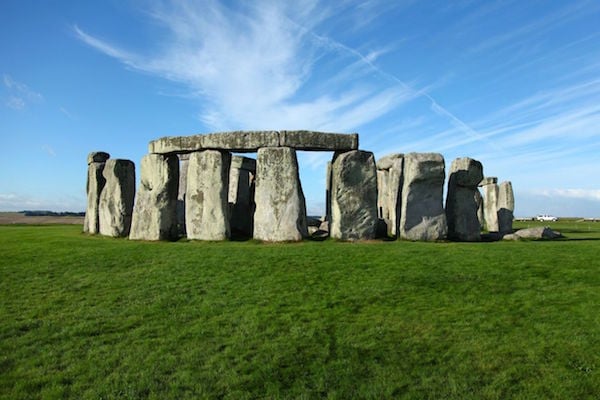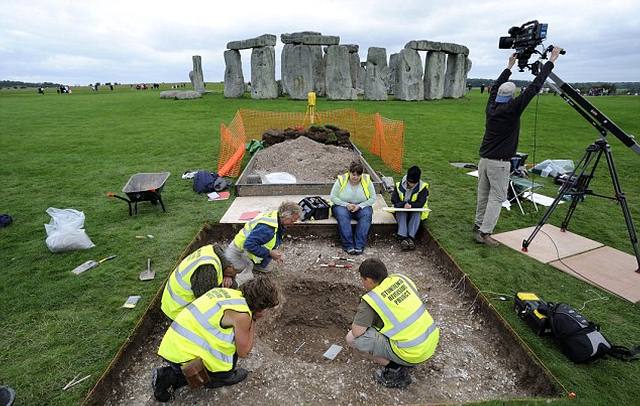Art World
Have Archaeologists Solved the Mystery of Stonehenge?
A new theory about the purpose of the mysterious ruin.

A new theory about the purpose of the mysterious ruin.

Sarah Cascone

Every so often, someone brings forth a new theory on the purpose of Stonehenge, one of the most mysterious ruins of the ancient world. The latest archaeological study of the site, as reported by the Daily Mail, has uncovered ancient human remains, suggesting that Stonehenge was used as a burial ground.
“Our research shows that Stonehenge was used as a cremation cemetery for mostly adult men and women for around five centuries, during and between its first two main stages of construction,” explained the recent study, published in the April 2016 issue of Antiquity journal by archaeology professor Mike Parker-Pearson at University College London and his colleagues.
A 2013 study led by Parker-Pearson offered the graveyard theory, and the most recent study adds to this idea. For instance, the charred skeletons were found in small “Aubrey Holes” at Stonehenge that are thought to have been part of a circle of standing stones. Each stone appears to have been a burial marker for a specific individual.

Archaeologists discovered charred human remains at an Aubrey Hole at Stonehenge.
Photo: Aerial -Cam/SWNS Group.
The remains were cremated over a period of 500 years, between 3,100 BC and 2,600 BC, according to radiocarbon dating. After that time, the people of Stonehenge ceased cremations, instead burying their dead in a circular ditch surrounding the site.
“Stonehenge changed from being a stone circle for specific dead individuals linked to particular stones, to one more diffusely associated with the collectivity of increasingly long-dead ancestors buried there,” the paper concluded.
The bones were first uncovered by archaeologists William Hawley in the 1920s, but he did not comprehend their significance and subsequently reburied them.

This diagram of Stonehenge shows the ring of Aubrey Holes, at marker 13, where archaeologists have found cremated human remains.
Photo: courtesy Adamsan/Wikipedia.
Other Stonehenge revelations in recent years include the theory that the ancients used the stones like stilts supporting a raised wooden platform for performing rituals.
Archaeological discoveries in the region have also included a 4,000-year-old Bronze-Age skeleton, unearthed last July some 15 miles from the site. In September, a “second Stonehenge,” just one mile away from the popular tourist destination, was discovered buried underground. Stonehenge is now understood to be just one part of a network of ancient monuments in the British countryside.